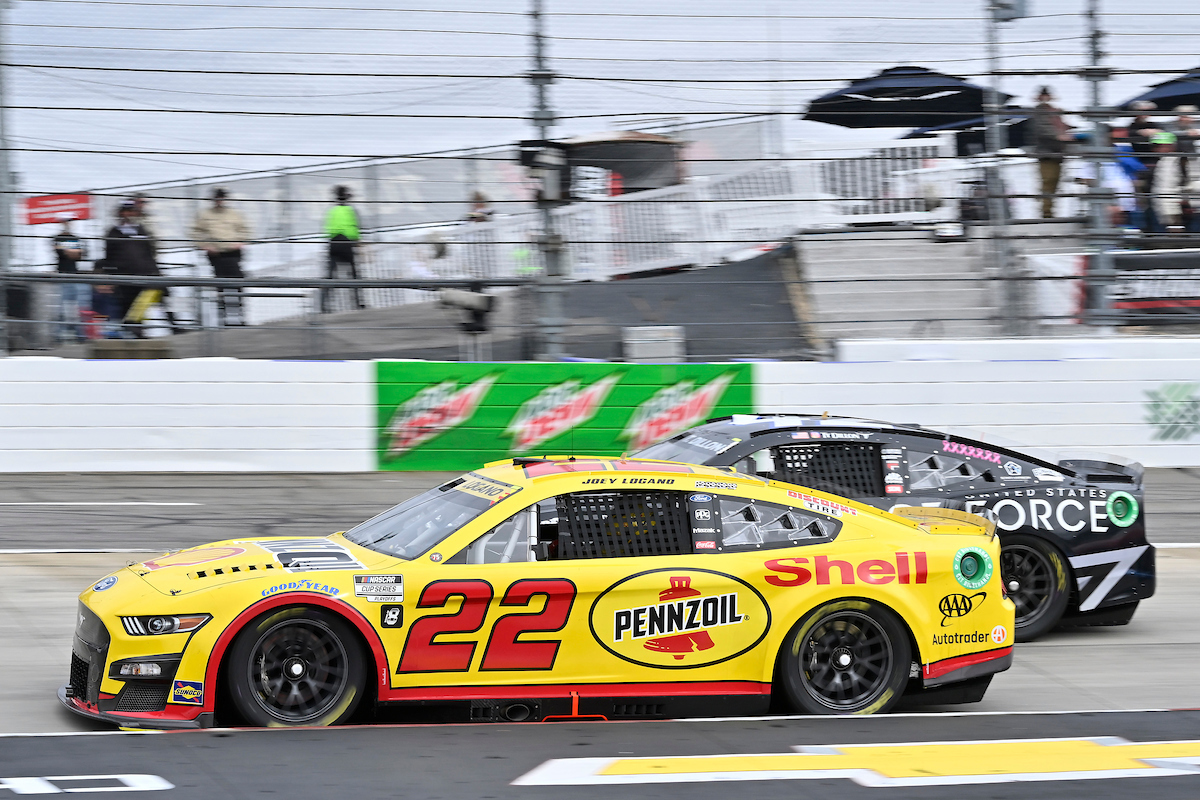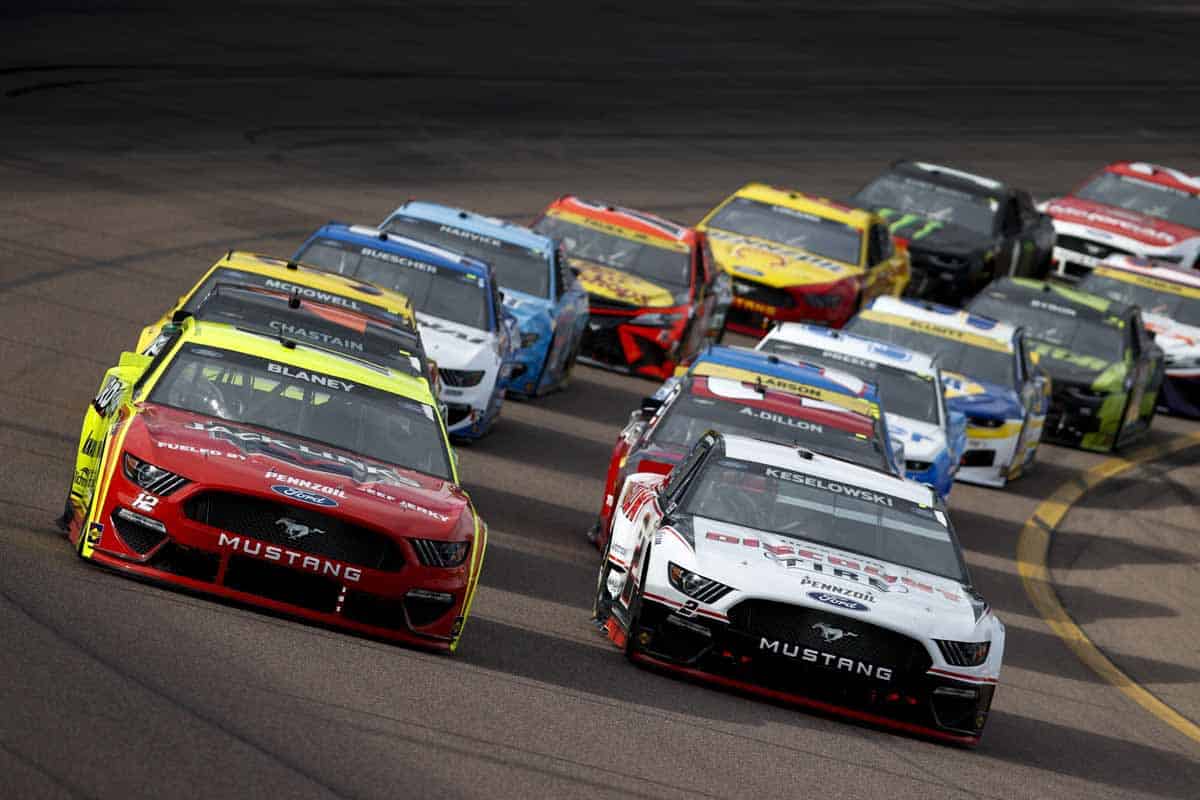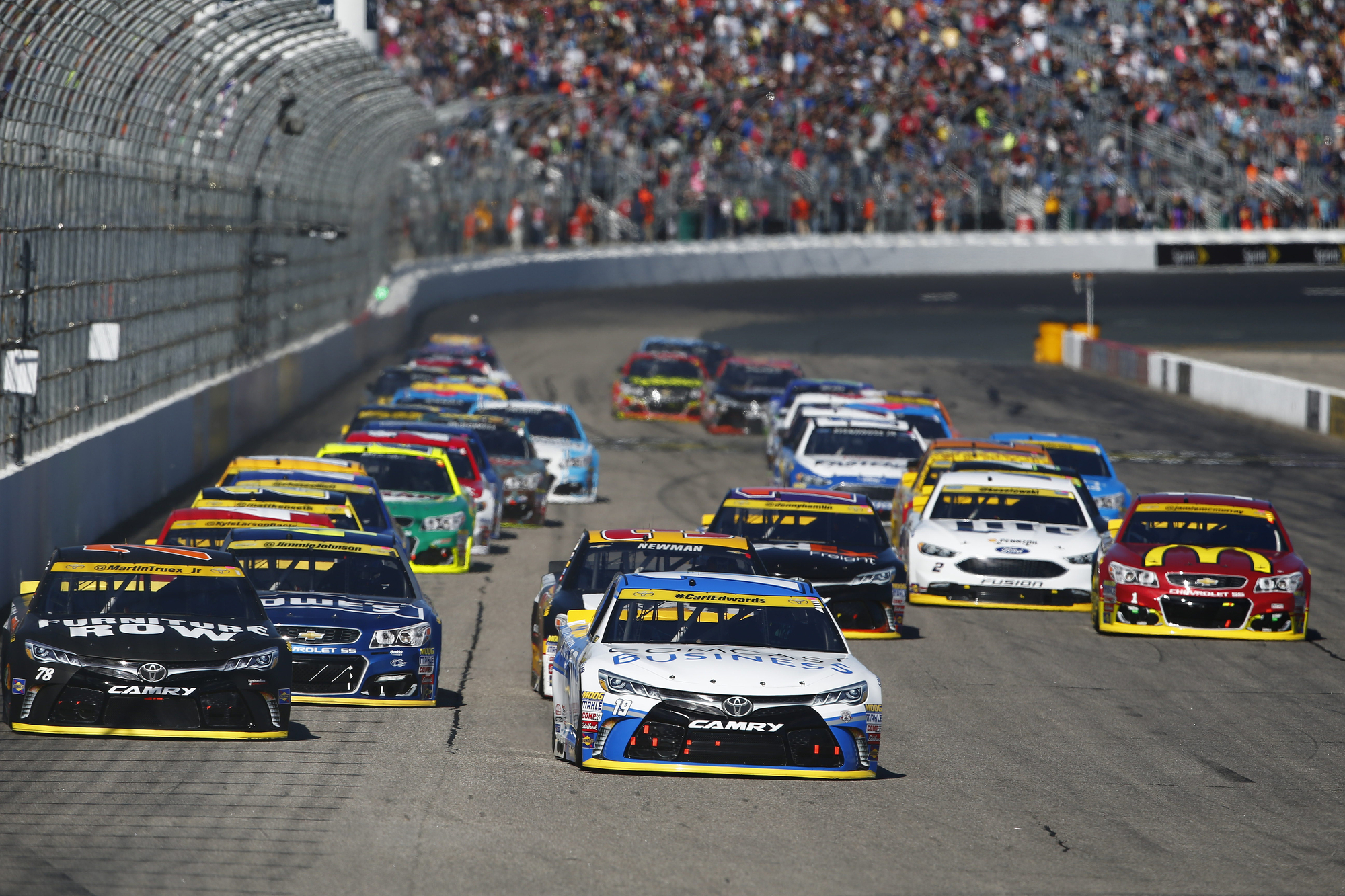What is the objective of NASCAR?
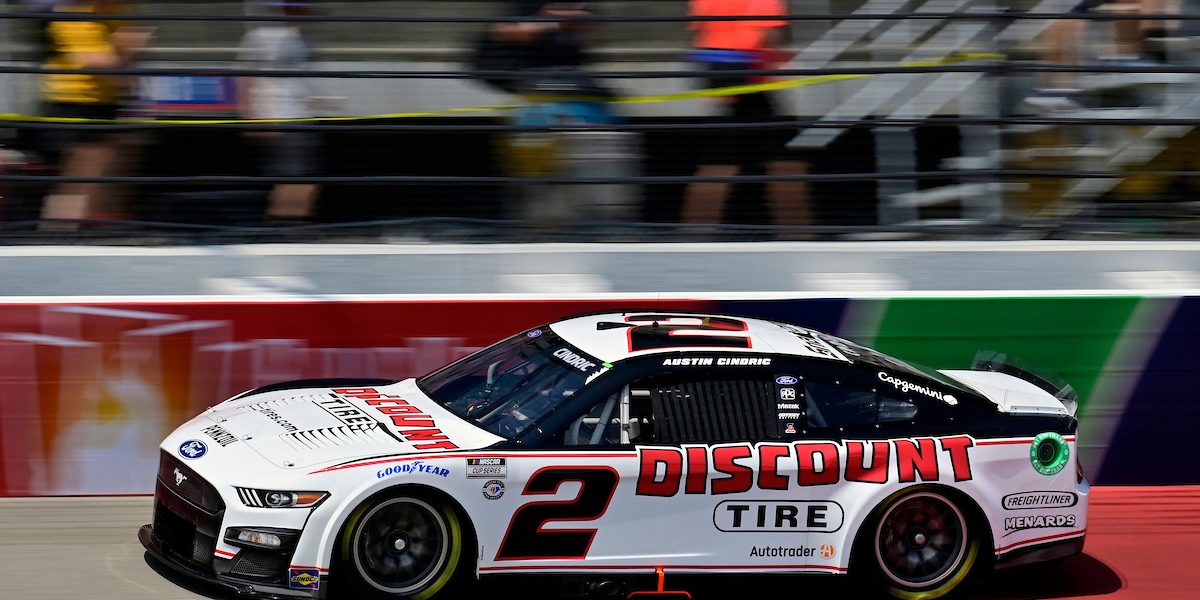
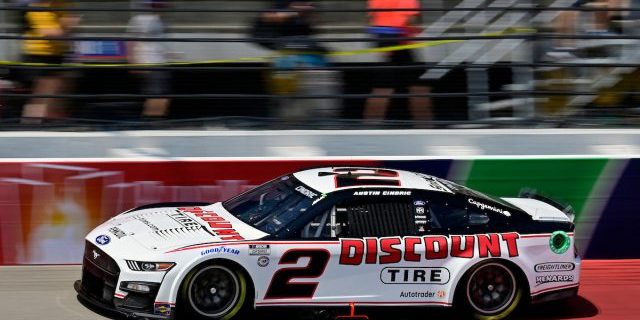
You’ve probably heard of NASCAR, maybe even caught a few races on TV, and found yourself wondering, “What is the objective of NASCAR?” Is it just speed, or is there more to it?
The primary objective of NASCAR is to determine the fastest, most skilled driver and team through a series of organized auto racing events.
Table of Contents
In This Article
We will delve into the finer details of what makes NASCAR more than just a speed race. You’ll learn about its origins, how the point system works, and the significance of team strategy in achieving the ultimate objective.
A Detailed Explanation of NASCAR’s Objective
The Historical Context
Understanding the objective of NASCAR requires a bit of a historical lens. Born in the southeastern United States in the late 1940s, NASCAR (National Association for Stock Car Auto Racing) was initially a way for drivers to showcase their skills and car modifications. However, it has evolved into a major professional sport with a substantial fan following, intricate rules, and multi-million dollar sponsorships.
The Scoring System
So, what’s the aim for drivers and teams each season? Simply put, they’re racing for points as well as finishes. NASCAR uses a complex points system that rewards not only race wins but also consistency over the season. Drivers accumulate points based on their finishing positions, laps led, and other factors in each event. These points contribute to both individual and team rankings, which culminate in the season-ending championship.
The Team Objective
While individual skills are undeniably crucial, NASCAR is also a team sport. Each driver is part of a larger team that includes mechanics, engineers, and strategists. The team works in perfect cohesion to ensure the car is in optimal condition and to make real-time decisions during the race, such as when to make a pit stop for fresh tires or fuel. Thus, the objective extends beyond just the driver; it’s about the team’s collective performance and strategy.
More Than Just Speed
At first glance, NASCAR might appear to be all about speed, but it’s actually a blend of many elements—strategy, skill, teamwork, and yes, speed. Drivers have to be aware of their surroundings, manage their vehicle’s condition, and adapt to varying track types, all while maintaining incredibly high speeds.
Here’s everything else you need to know to fully grasp the multifaceted objectives of NASCAR.
The Importance of Strategy
Strategic planning is crucial in NASCAR, often making the difference between a win and a loss. The decisions made by the driver and their crew can greatly impact the outcome of the race. For example, deciding when to pit for fuel or tires is a tactical move. Pit too early, and you may lose track position; pit too late, and you might run out of essential resources.
Team strategy also involves drafting, a technique where two or more cars align in a close formation to reduce air resistance and increase speed. Mastering the art of drafting can give a driver the crucial few seconds needed to pull ahead.
The Role of the Crew Chief
Behind every great NASCAR driver is an equally great crew chief. This individual is like the head coach of a sports team, overseeing strategy, coordinating pit stops, and providing vital information to the driver. The objective of the crew chief is to make real-time decisions based on multiple variables like the car’s performance, track conditions, and the driver’s feedback. A miscalculation or a delayed decision could lead to a poor finish, emphasizing the need for a skilled crew chief.
Types of NASCAR Races
NASCAR isn’t a one-size-fits-all kind of sport. It includes various types of races, each with its own set of challenges and strategies. The main categories are:
- Cup Series: This is the premier level of NASCAR, featuring the most skilled drivers and the biggest races, including the Daytona 500.
- Xfinity Series: One step below the Cup Series, this is often seen as a developmental series for up-and-coming drivers.
- Truck Series: Featuring pickup trucks with modified bodies, this series introduces a completely different set of challenges and objectives.
Understanding these different types of races can give you a more rounded view of what drivers and teams are aiming to achieve.
The Role of Sponsorships and Endorsements
In the world of NASCAR, sponsorships and endorsements play a crucial role. For drivers and teams, aligning with a reputable brand can mean access to better resources, technology, and even morale boosts. But it’s a two-way street. Sponsors expect visibility and good performance in return, making it another objective for teams to perform well and uphold the brand image.
To achieve this, drivers often have to participate in brand promotions, events, and other public relations activities. This creates a symbiotic relationship where both parties benefit, further underlining the multidimensional objectives in NASCAR.
NASCAR’s Influence on Automotive Industry
Beyond the racetrack, NASCAR has a significant impact on the automotive industry. Many of the innovations and safety measures implemented in consumer vehicles originated from NASCAR races. For example, the use of crumple zones, tire technology, and fuel efficiency measures were all tried and tested in the high-stakes environment of NASCAR before they made their way to the average car. This underscores a broader objective: to advance automotive technology and safety.
Fan Engagement and Its Importance
One cannot talk about NASCAR’s objectives without mentioning fan engagement. In many ways, fans are the lifeblood of the sport, and their engagement goes beyond just filling the stands. Many NASCAR initiatives aim to engage fans through social media, interactive games, and community events. These activities contribute to the larger objective of expanding the sport’s reach, making it more accessible and enjoyable for fans old and new.
What is the objective of NASCAR? – Final Thoughts
As you’ve journeyed through this article, it’s clear that the objective of NASCAR transcends the simplistic notion of “fastest car wins.” It’s a complex tapestry of skill, strategy, team dynamics, business acumen, technological innovation, and fan engagement. So the next time you catch a NASCAR race on TV or perhaps find yourself fortunate enough to attend one, you’ll have a deeper understanding and appreciation for all the nuances that contribute to the making of a NASCAR champion.
So keep revving your engines and fueling your passion for NASCAR. You’re now equipped to be more than just a spectator; you’re a well-informed fan.
What is the objective of NASCAR? – Frequently Asked Questions (FAQ)
Q: What’s the difference between the Cup Series and the Xfinity Series?
A: The Cup Series is the top-level NASCAR series, featuring the most experienced drivers, while the Xfinity Series serves as a developmental series for emerging talent.
Q: How are points distributed in a NASCAR race?
A: Points are distributed based on finishing position, laps led, and stage wins, contributing to both individual and team standings over the season.
Q: Are there female drivers in NASCAR?
A: Yes, there have been several female drivers in NASCAR’s history, though they are fewer in number compared to their male counterparts.
Q: What is a pit stop and why is it important?
A: A pit stop is a short pause in the race where the car is serviced by a team of mechanics. Timing and efficiency during a pit stop can greatly influence the outcome of a race.
Q: How do drivers communicate with their teams during a race?
A: Drivers use radio communication to stay in touch with their crew chief and team, discussing strategy and receiving updates on car performance and race conditions.
Q: What’s the significance of the Daytona 500?
A: The Daytona 500 is one of the most prestigious and well-known races in the NASCAR calendar, often considered the “Super Bowl” of stock car racing.






